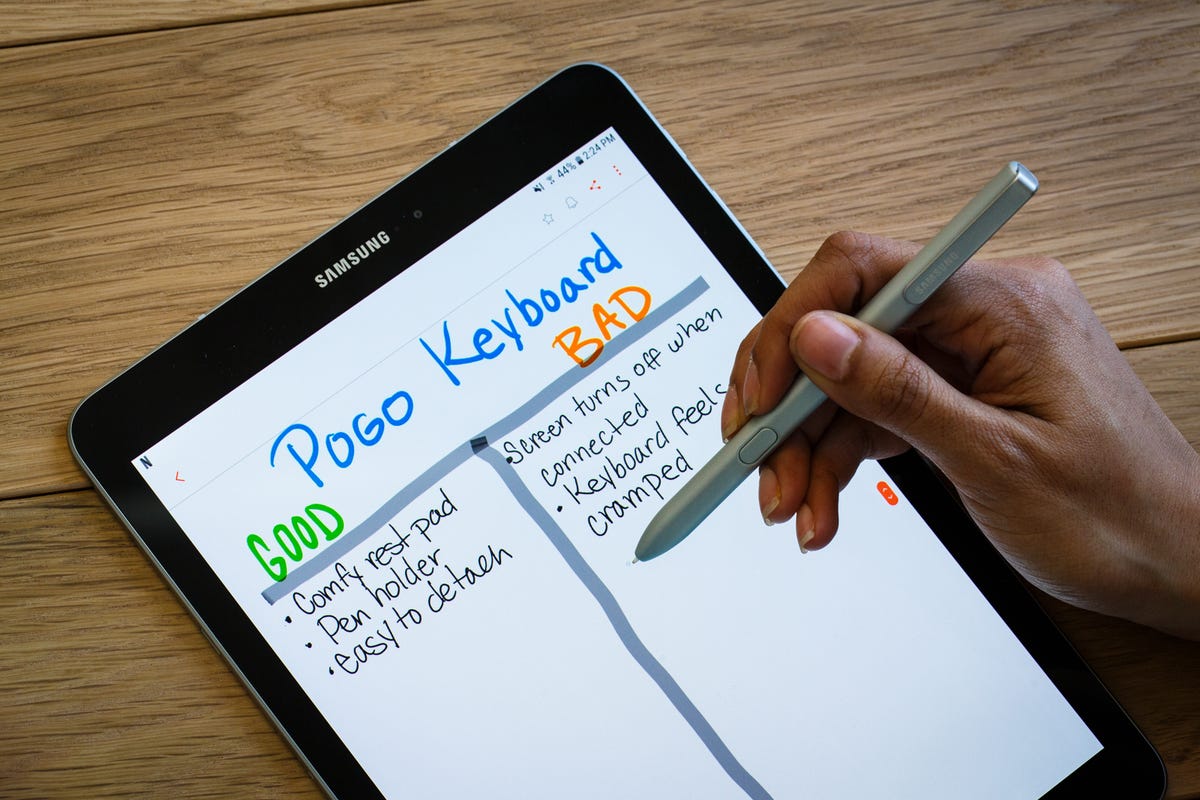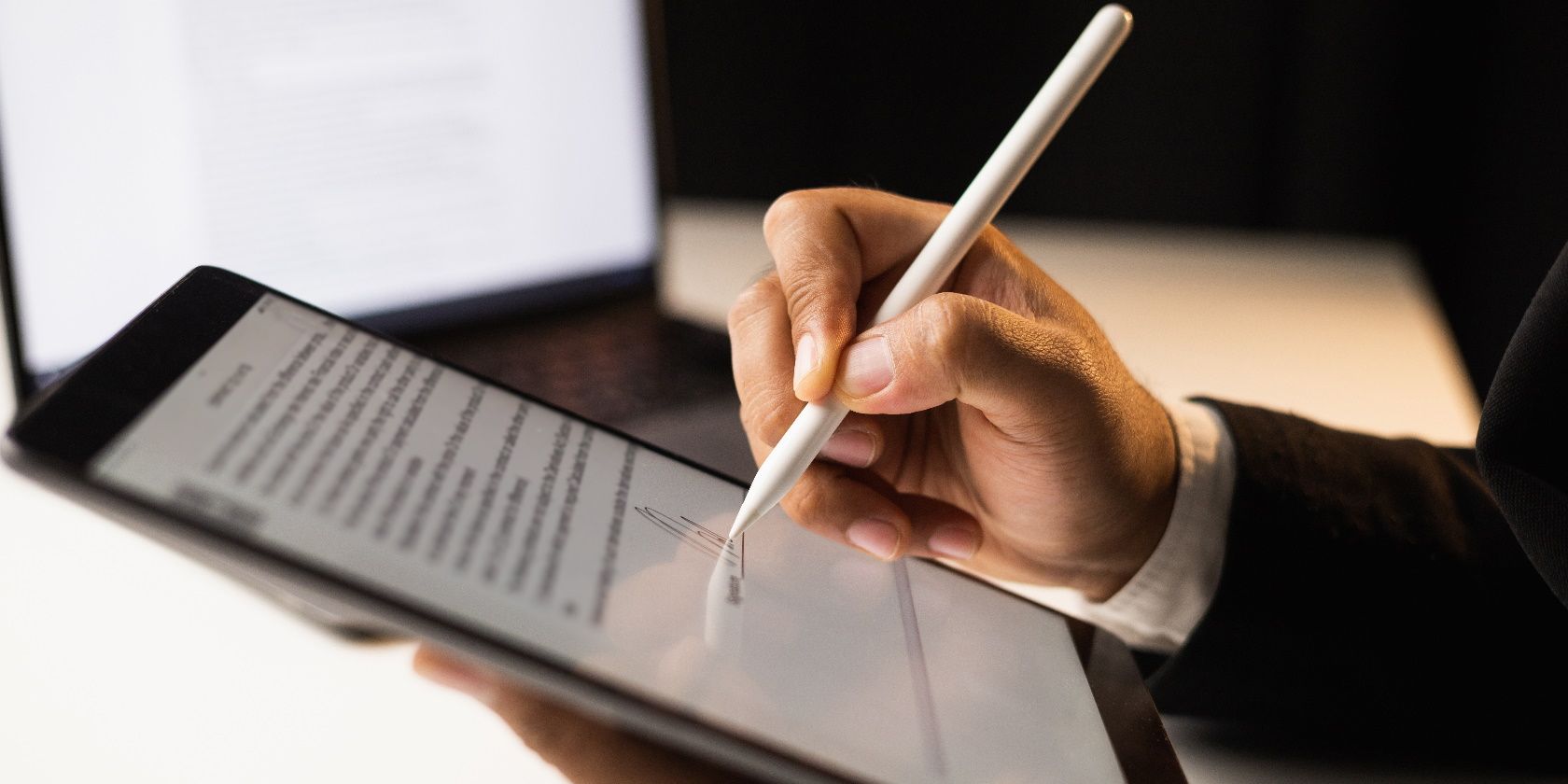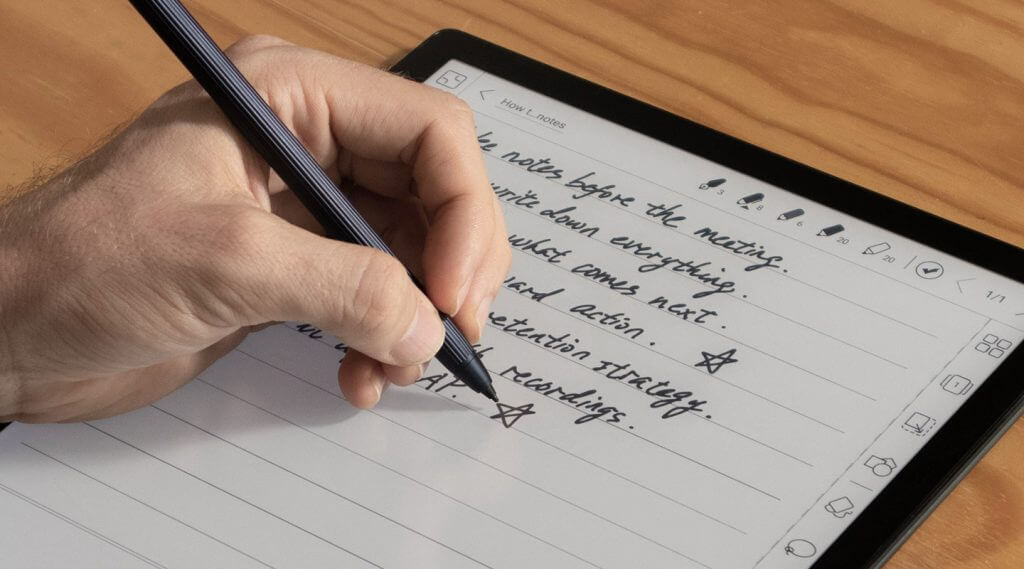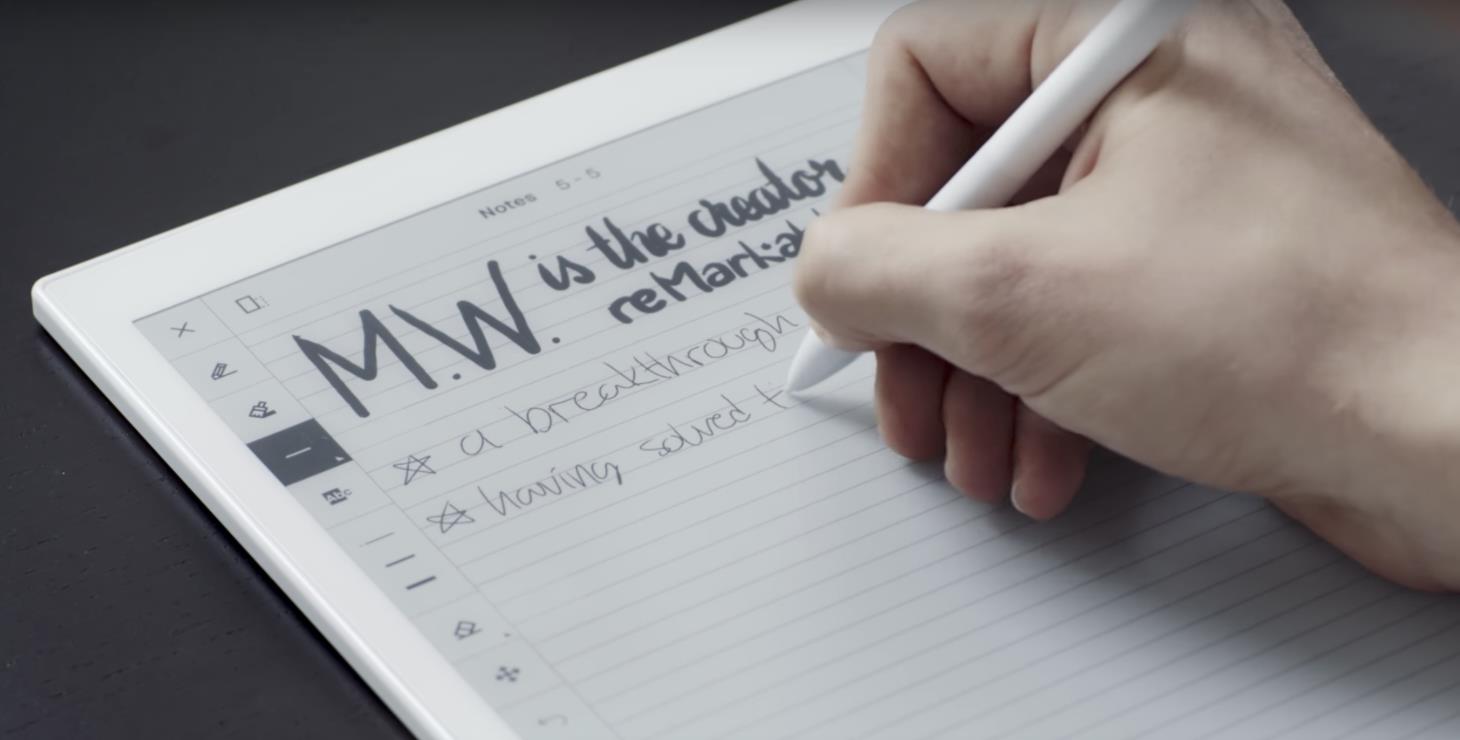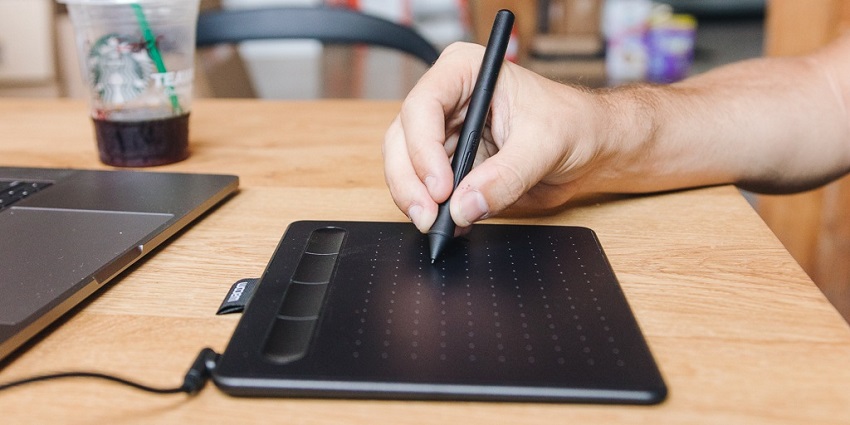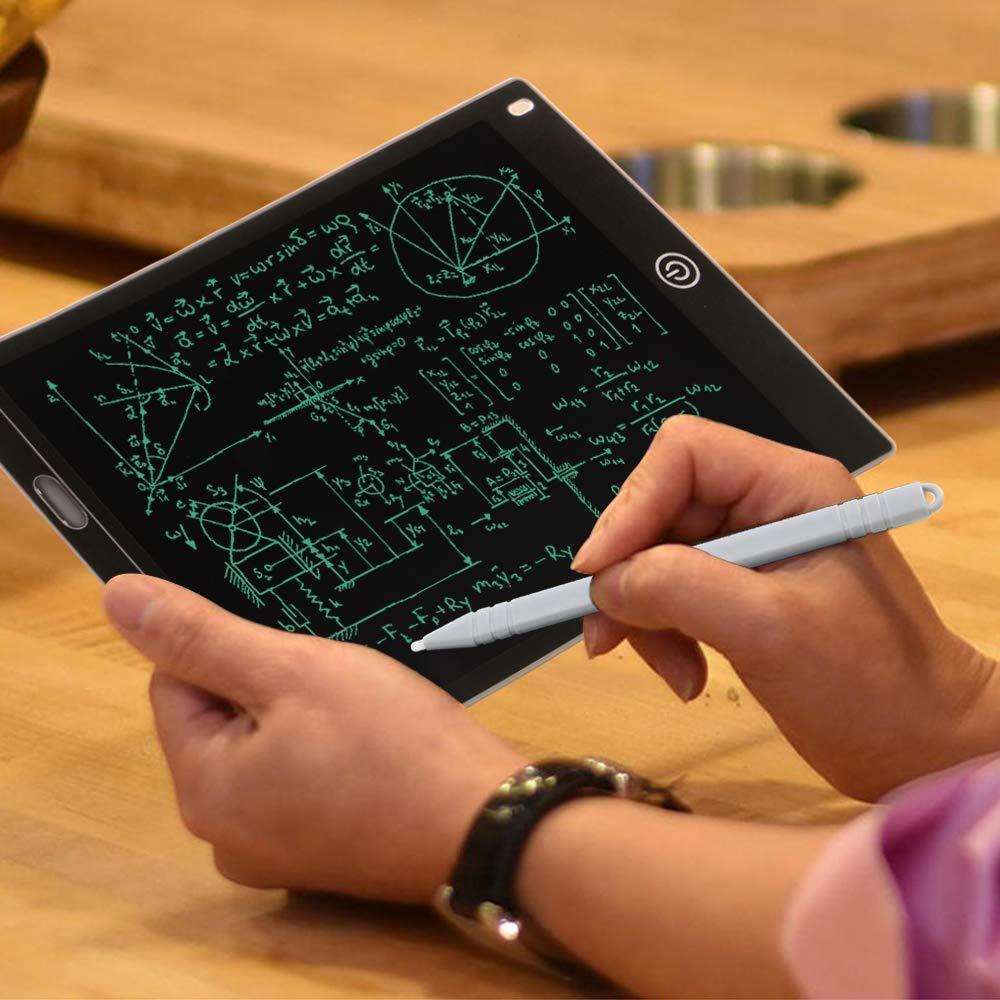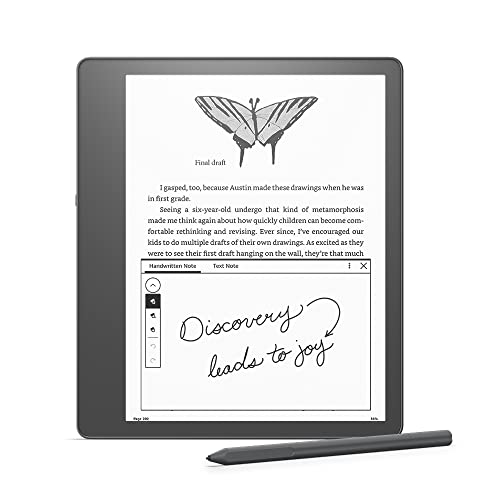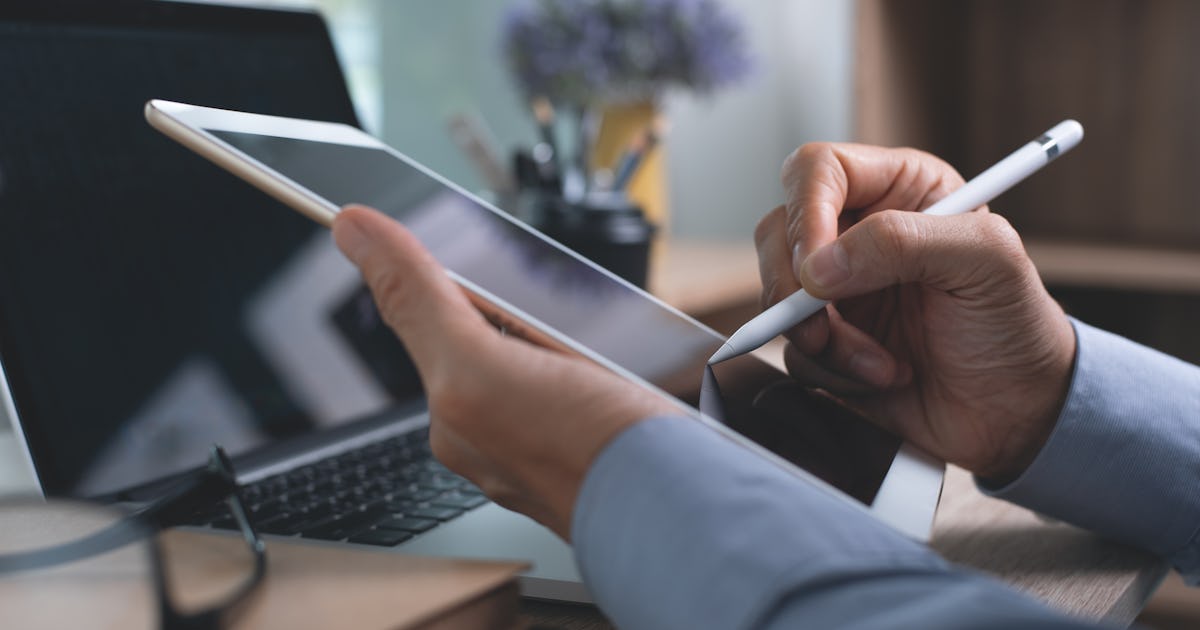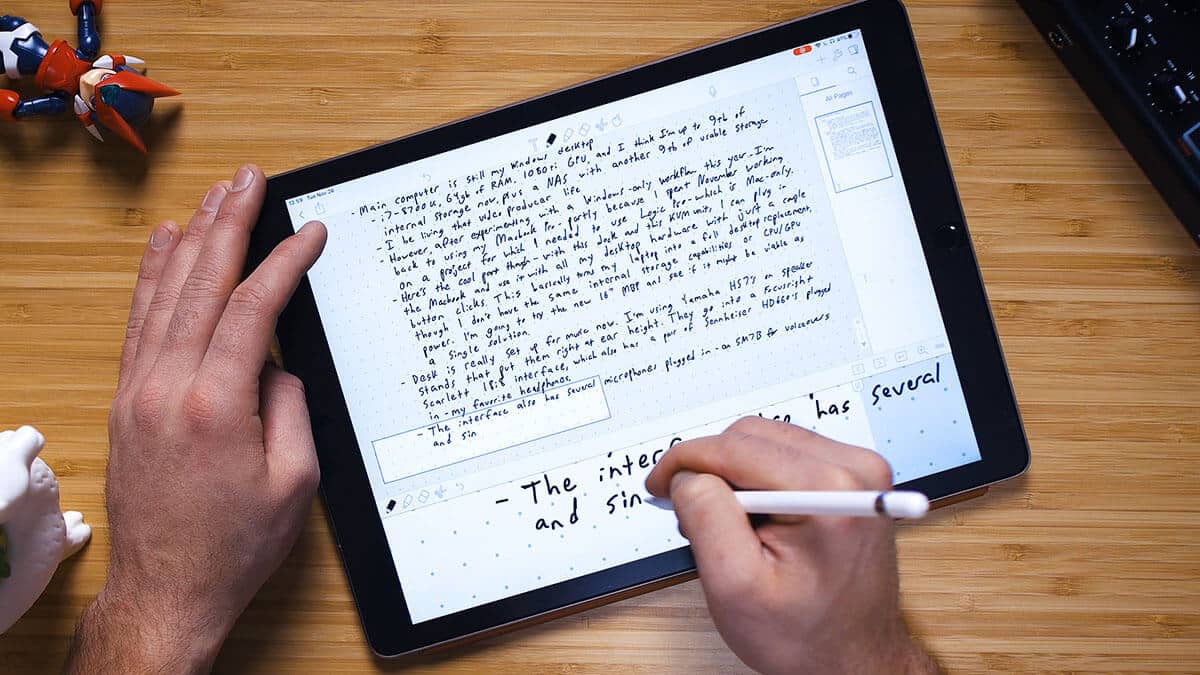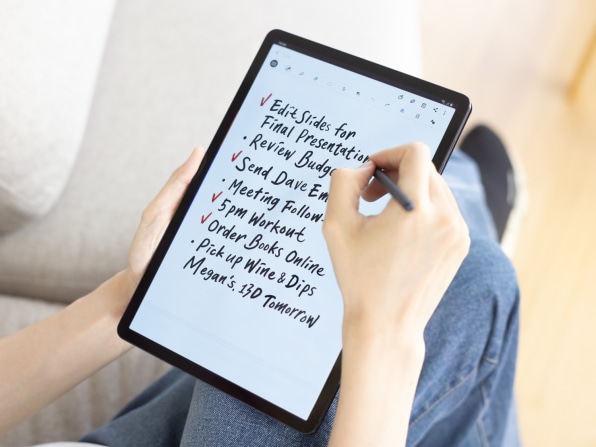Best Tablet Writing Notes

In a world saturated with digital tools, the simple act of taking notes remains a cornerstone of productivity and learning. But the medium is evolving. The best tablet for writing notes isn't just about replacing paper; it's about enhancing the entire note-taking experience, offering features like cloud syncing, handwriting recognition, and multimedia integration.
This review is tailored for value-conscious shoppers – students, professionals, and creatives – seeking a powerful yet affordable tablet for note-taking. We'll analyze several top contenders, focusing on factors crucial for seamless digital note-taking, helping you make an informed decision without breaking the bank.
Why a Tablet for Note-Taking Matters
Ditch the stacks of notebooks! A tablet streamlines your note-taking workflow. It offers unparalleled organization and searchability, allowing you to instantly find specific information across all your notes.
Furthermore, tablets unlock creative potential. Annotate PDFs, sketch diagrams, and record audio lectures all in one place, enriching your learning and collaboration.
Shortlist: Tablets for Every Budget
- Budget-Friendly: Samsung Galaxy Tab A8 – A reliable and affordable option for basic note-taking.
- Mid-Range: Apple iPad (9th Generation) – A balance of performance and value within the Apple ecosystem.
- Premium: Samsung Galaxy Tab S8 – A powerhouse with S Pen included, offering a premium experience.
- Alternative: Lenovo Tab P11 Pro Gen 2 - Great screen and stylus support for a reasonable price.
Detailed Reviews
Samsung Galaxy Tab A8
The Galaxy Tab A8 offers a surprisingly good note-taking experience for its price. Its large display provides ample space for writing, and its long battery life ensures you can take notes throughout the day.
While it doesn't come with a stylus, compatible styluses are readily available and affordable. Performance is adequate for most note-taking tasks, though it might struggle with more demanding applications.
Apple iPad (9th Generation)
The iPad (9th Generation) remains a solid choice for students and professionals already invested in the Apple ecosystem. Its A13 Bionic chip provides smooth performance for note-taking apps like GoodNotes and Notability.
The Apple Pencil (1st Generation) offers a natural writing feel and precise input. Its excellent display and access to a vast library of apps make it a versatile tool for both note-taking and other tasks.
Samsung Galaxy Tab S8
For those seeking a premium note-taking experience, the Galaxy Tab S8 is hard to beat. Its included S Pen offers exceptional precision and responsiveness, making it feel like writing on paper.
The Tab S8's powerful processor and stunning display make it ideal for demanding note-taking tasks and multimedia consumption. The DeX mode also allows for a desktop-like experience, boosting productivity further.
Lenovo Tab P11 Pro Gen 2
The Lenovo Tab P11 Pro Gen 2 offers a vibrant OLED display that's easy on the eyes during long note-taking sessions. The optional Lenovo Precision Pen 2 provides a comfortable writing experience with tilt and pressure sensitivity.
It runs on Android and supports split-screen multitasking, making it convenient to reference other documents while taking notes. The battery life is also commendable, ensuring you can power through a full day of lectures or meetings.
Side-by-Side Specs & Performance
| Tablet | Processor | Display Size | Stylus Support | Battery Life (Estimated) | Performance Score (Out of 10) |
|---|---|---|---|---|---|
| Samsung Galaxy Tab A8 | Unisoc Tiger T618 | 10.5 inches | Yes (Sold Separately) | 10 hours | 6 |
| Apple iPad (9th Gen) | A13 Bionic | 10.2 inches | Apple Pencil (1st Gen) | 10 hours | 8 |
| Samsung Galaxy Tab S8 | Snapdragon 8 Gen 1 | 11 inches | S Pen (Included) | 13 hours | 9 |
| Lenovo Tab P11 Pro Gen 2 | MediaTek Kompanio 1300T | 11.2 inches | Lenovo Precision Pen 2 (Optional) | 14 hours | 7.5 |
Practical Considerations
Beyond specs, consider your workflow. Do you prefer handwritten notes or typed notes? Is cloud syncing essential? Think about your specific needs and choose a tablet that aligns with them.
Also, factor in the cost of accessories. While some tablets include a stylus, others require purchasing it separately, impacting the overall cost. Look at screen protectors, which often adds benefit to writing and protects the tablet.
Finally, consider the software ecosystem. Android and iOS offer a wide variety of note-taking apps, each with its own strengths and weaknesses. Explore different apps to find one that suits your preferences.
Key Takeaways
Selecting the best tablet for writing notes involves balancing performance, features, and budget. The Samsung Galaxy Tab A8 offers a budget-friendly entry point, while the Apple iPad (9th Generation) provides a solid mid-range option. The Samsung Galaxy Tab S8 delivers a premium experience for those seeking top-tier performance. The Lenovo Tab P11 Pro Gen 2 offers a great screen and stylus experience for a reasonable price.
Carefully consider your specific needs and budget to make an informed decision. Remember to factor in the cost of accessories and the software ecosystem.
Ready to Upgrade Your Note-Taking?
Explore the tablets discussed in this review and start taking better notes today! Visit the manufacturer websites or your local electronics store to learn more and find the perfect tablet for your needs.
Frequently Asked Questions (FAQ)
Q: Can I use any stylus with any tablet?
A: No, most tablets require a specific type of stylus. Check compatibility before purchasing.
Q: What are the best note-taking apps for tablets?
A: Popular options include GoodNotes, Notability, Microsoft OneNote, and Google Keep. Each offers different features and strengths.
Q: How important is screen size for note-taking?
A: A larger screen provides more writing space and can improve the overall note-taking experience, especially for handwritten notes.
Q: How much storage do I need for note-taking?
A: The amount of storage depends on the size and number of your notes, as well as whether you plan to store multimedia files. 64GB is usually sufficient for basic note-taking, but consider 128GB or more if you anticipate storing large files.
Q: Is it better to get an Android or iPad tablet for notes?
A: Both Android and iPad tablets are capable of excellent note-taking. Your choice depends on your personal preferences and existing ecosystem.
